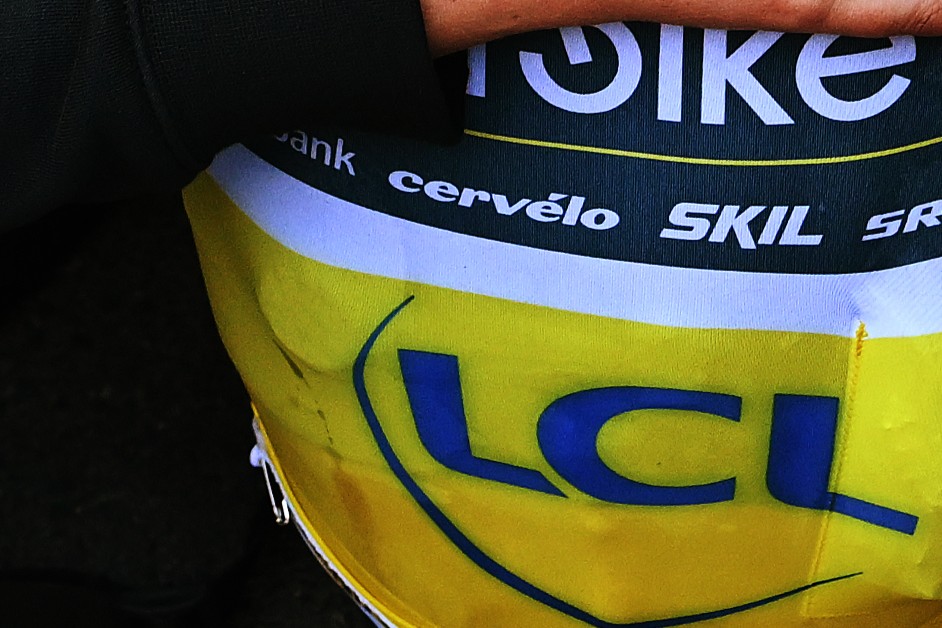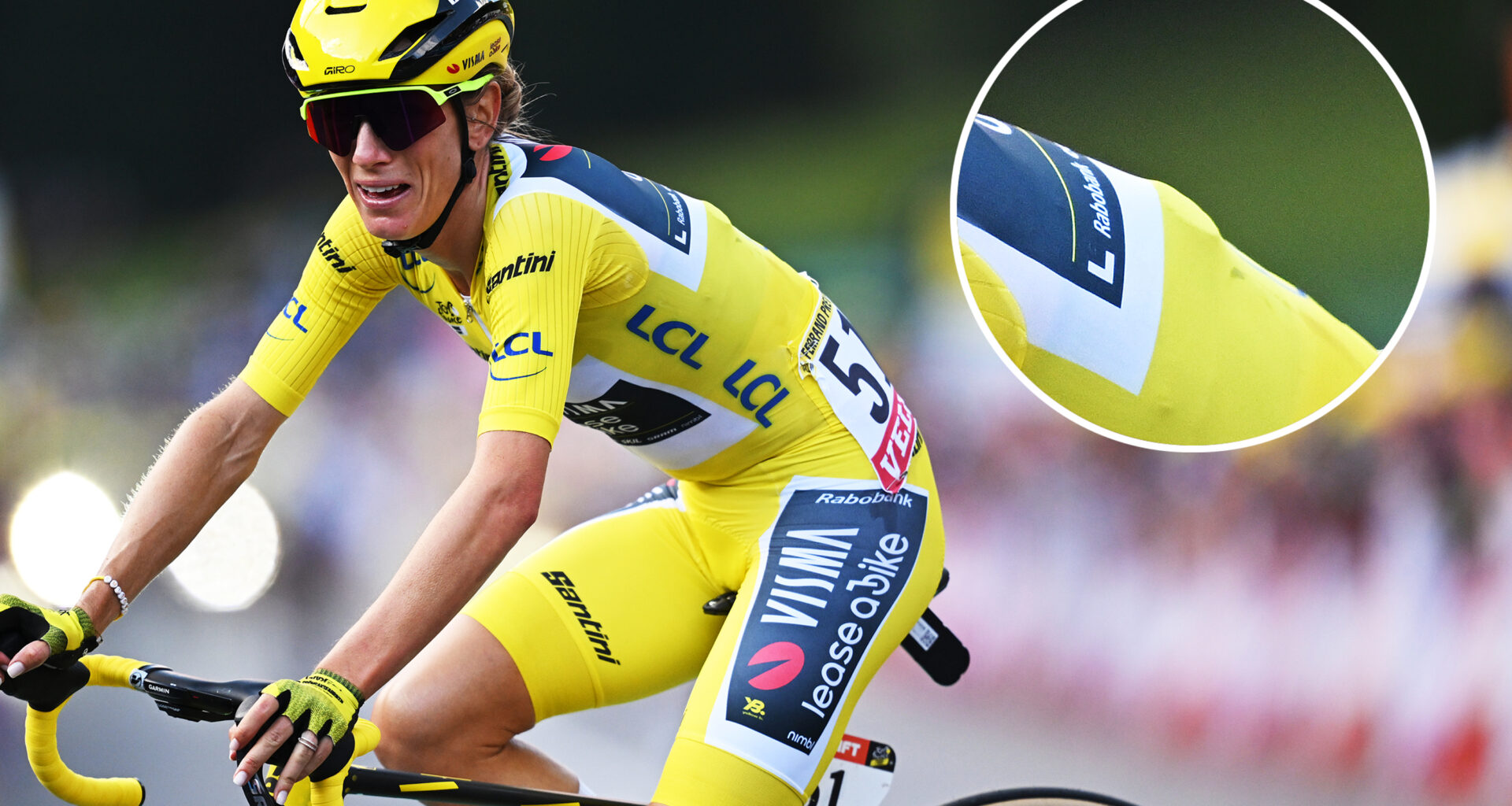Pauline Ferrand-Prévot rode to victory on the final stage of the Tour de France Femmes yesterday, clinching the overall race title in the process.
The win represented the first French win in a female version of the Tour de France (which has been run on and off in various formats over the years) since Catherine Marsal’s victory in the 1990 Tour de la CEE féminin.
Ferrand-Prévot rides for the Visma-Lease a Bike women’s squad; a team that is widely credited as being at the forefront of cycling technology and the optimisation of marginal gains.
You may like
The team’s riders have been seen wearing circular-shaped devices on the rear of their heart rate monitor straps over the past few months, but what are they?
Wearable sensors
Over the past several years, various specific smart wearables have entered the cycling and fitness marketplace, all measuring certain metrics to inform athletes’ training and racing, filling in more of the blank spaces around physiology, nutrition and training than ever before.
The best heart rate monitors are, of course, the OG wearable; the straps and sensors, worn around the chest, are commonplace in pro cycling.
Wearables like the Whoop band, worn on riders’ wrists, are now popular, as well as the small white Core body temperature sensor, which is fitted to riders’ heart rate monitor straps, to monitor their core and skin temperatures. That’s to say nothing of the various hydration and electrolyte sensors that are now available and the now-defunct Superspiens glucose monitoring system, which caused consternation for Kristen Faulkner, who was stripped of her Strade Bianche podium for wearing it.
The latest race content, interviews, features, reviews and expert buying guides, direct to your inbox!
The circular disc sported by Ferrand-Prévot, it turns out, is a Tymewear breathing sensor.
Both the men’s and women’s Visma-Lease a Bike teams have been using the Boston, MA brand’s sensor at times throughout the 2025 season, which allows them to monitor, amongst other things, breathing rate, tidal volume, and minute ventilation.
In short, the team is measuring how athletes are breathing during races in greater detail than ever before, but what can the information tell you, and why bother to measure it?
What is the Tymewear sensor?
The Tymewear sensor takes the form of a traditional-looking heart rate monitor strap, which the brand calls VitalPro and is worn on the chest in the same way. Fitted to the strap are breathing, heart rate, motion and elevation sensors. The biggest of these is the circular sensor that can be spotted under riders’ skinsuits.
The VitalPro strap can be purchased on its own for €299 or with a training membership at $150 per year, which appears to allow users to make better use of their data using an app.
Tymewear says its system can allow users to plot their training zones more accurately, thanks to the ability to create athlete training zones informed by heart rate, power and ventilation monitoring or more simply, aerobic and anaerobic thresholds.
The sensor itself is capable of detecting your metabolic thresholds through breathing rate, in short, when the body transitions or switches from aerobic and anaerobic work.
A very simple example would be in years gone by, a cyclist may have trained solely using heart rate zones based on a calculation from their maximum heart rate – Who remembers 220 – your age? – but heart rate, while useful, doesn’t paint the full fitness picture for several reasons.
Tymewear argues that adding more colour to the overall picture means more accurate and effective training zones and results.
The VitalPro sensor and app create athlete-specific threshold training zones and training advice based on accurate heart rate data, power and ventilation data, specifically how fast a rider breathes, how much air is being breathed out, and the rate of the air exhaled over time.
Pro teams these days are all about data, and more data points for the Visma coaches are probably welcome.
It’s one thing to have a wearable or extra data, but then it needs to be understood and interpreted to help create an improvement for the rider.
It may well be that Visma riders like Ferrand-Prévot are now training using Tymewear threshold zones, which are created using more data points and not just power, which is going to be the most common metric for pro riders.
There’s a lot more information on the brand’s website, including an interesting validation study, if you want to read more.

Spot the circular VitalPro sensor on the left hand side of the ‘LCL’ logo (Image credit: Szymon Gruchalski / Stringer)

